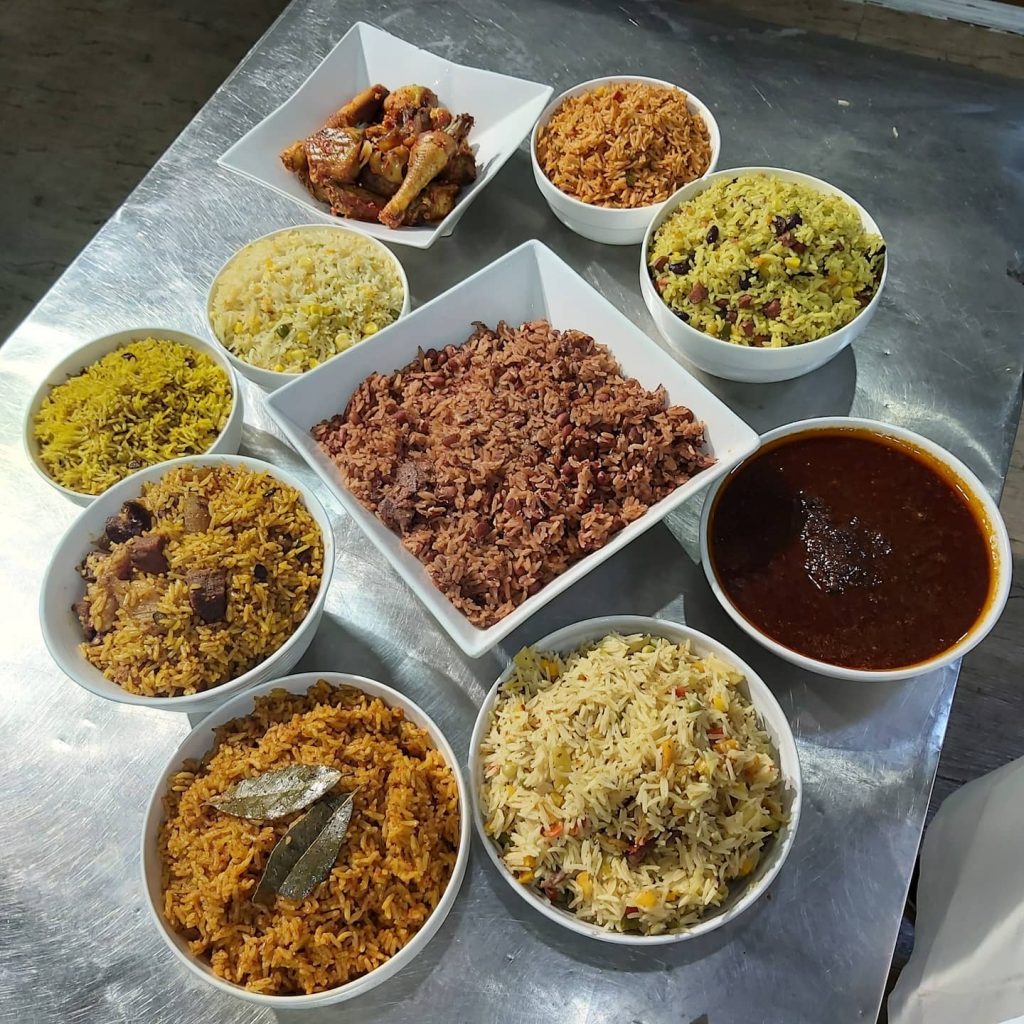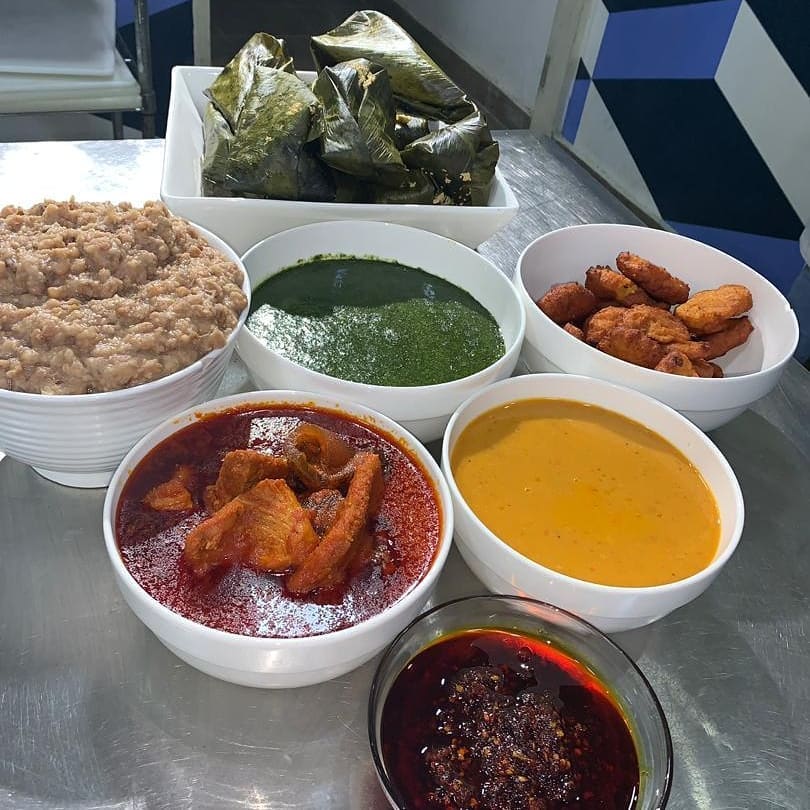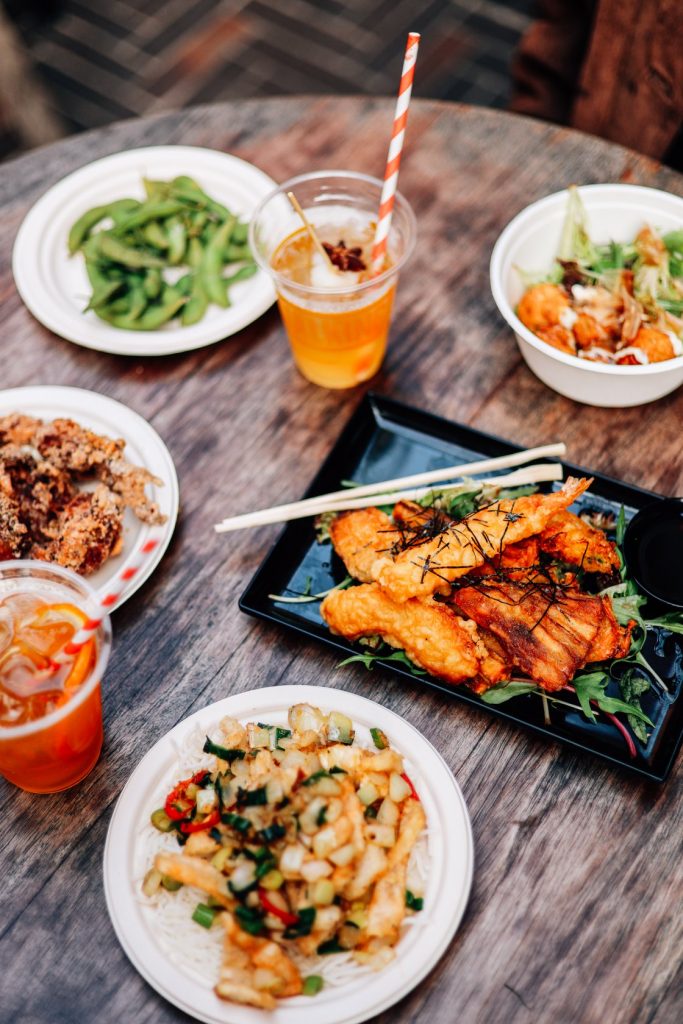From our distinct way of dressing to our language and our spiritual belief, food is one neglected yummy aspect of life that forms part of one’s cultural identity ruling out the most evident of them all; clothes and language as the only cultural identity.

Like many other aspects of life, food is a deeply rooted expression of identity, values, and way of life. Food and eating food are a universal experience, an element of common ground in terms of human existence. It is an experience that brings people together. It is said that “people who love to eat are always the best people” so often, we see the sprightly atmosphere in a gathering with food as a centrepiece of it all.
Foods are family treasures in the ways recipes are passed on from one generation to another, thereby maintaining family connection and cultural and geographical ancestral links. In the gathering of preparation of meals and its devouring, people tend to exchange complexities of their realities through a bite, a sip, and a listening ear.

An Expression
What we cook is an expression of who we are and where we come from. This is evident in how, for instance, seafood is popular among people who live by the sea or riverine areas. The traditional meals of a place touch on identity and ancestry. Every destination has a dish or cuisine associated with it, that is fixed on culture and identity.

You may not know it, but that is why experiencing the local dishes/ food of a new place usually tops one’s to-do list in foreign terrain. Having a local dish is the communion with the people, one of the interactions and processes of connecting with the people.
Traditional meals as a means of culture are hence preserved outside its original cultural confines via its publicity and introduction to another geography which in turn aids political diplomacy by preserving and sharing cultural diversions through food exchange.
We see the subtleties of food in social and ceremonial activities where some foods are highly prized and set aside for special religious holidays and others being rudimentary.
The presentation of foods to guests/foreigners becomes a monumental display of cultural pride and traditions. Perhaps it is a means of communicating acceptance and unequivocally saying “welcome”.

Symbolic
“Home is where the heart is” and in sensory response to food, familiar aroma ignites homesickness. Food is therefore a reminder of home triggering “homesickness” and beautiful memories that aids stronger bonds of families and friendships. The mundane smell of food takes one back to relieving particular times in the past. The jolly and merry essence of eating with family and friends adds to the heightened illusion of the pleasant tastes of meals.
Surely, food holds a memory for every individual acquiring the framework of building a pattern of life acceptable to a scenery and family.
Some foods are usually used specifically for traditional rites and their symbolic representation as food of the gods.

Taboo
In translation, this has stretched out to give different cuisines from all parts of the world ranging from what gives the impression of absurd to some and normal to others; based on cultural modes and environment of what is acceptable and what is not.
The importance of food as a means of survival is crucial to humanity and it is embedded in various cultures and the way food is eaten, from the days of hunt and gathering to the modern age. To eat is a necessity but not all can be eaten by everyone based on diverse cultural beliefs and taboos of different cultures. As regards human behaviour, food taboo is one aspect of the complexity of food culture in various nations. This brings about the traditions of food taboo determined by different motivations as biochemical, psychological, social and educational factors in turn influence the food acceptance.
In some cultures, pregnant women ought to stay away from certain foods because of their belief and its implication on mother and child. In some religions, pork is avoided for religious reasons and if consumed have to be prepared according to religious statutes.
“One man’s poison is another man’s meat” so the paradox of foods cannot go unnoticed as what is a delicacy to some groups/society is considered defiling the dietary culture of another group. Food taboos are very common, it’s a dietary custom that has existed in the past and often has its hallmark in historical findings. Though it appears that the gateway to the taboos stems from the absence of medicine and science to explain allergies and reactions from eating some foods by some individuals; influencing the notion of food taboos in various cultures and homes together with the traditional and religious ideas of food taboos.
The cultural and historical context behind food like in the act of hospitable gestures to guests the choicest revered local dish implies the friendship and warmth easing the guest into a seamless flow of their cultural heritage.
Despite it, all food largely is culture as well as nutritional. Food and food habits serve as a channel of display of affection and emotional association and the sharing of food signals a bridge of intimacy and acceptance.


